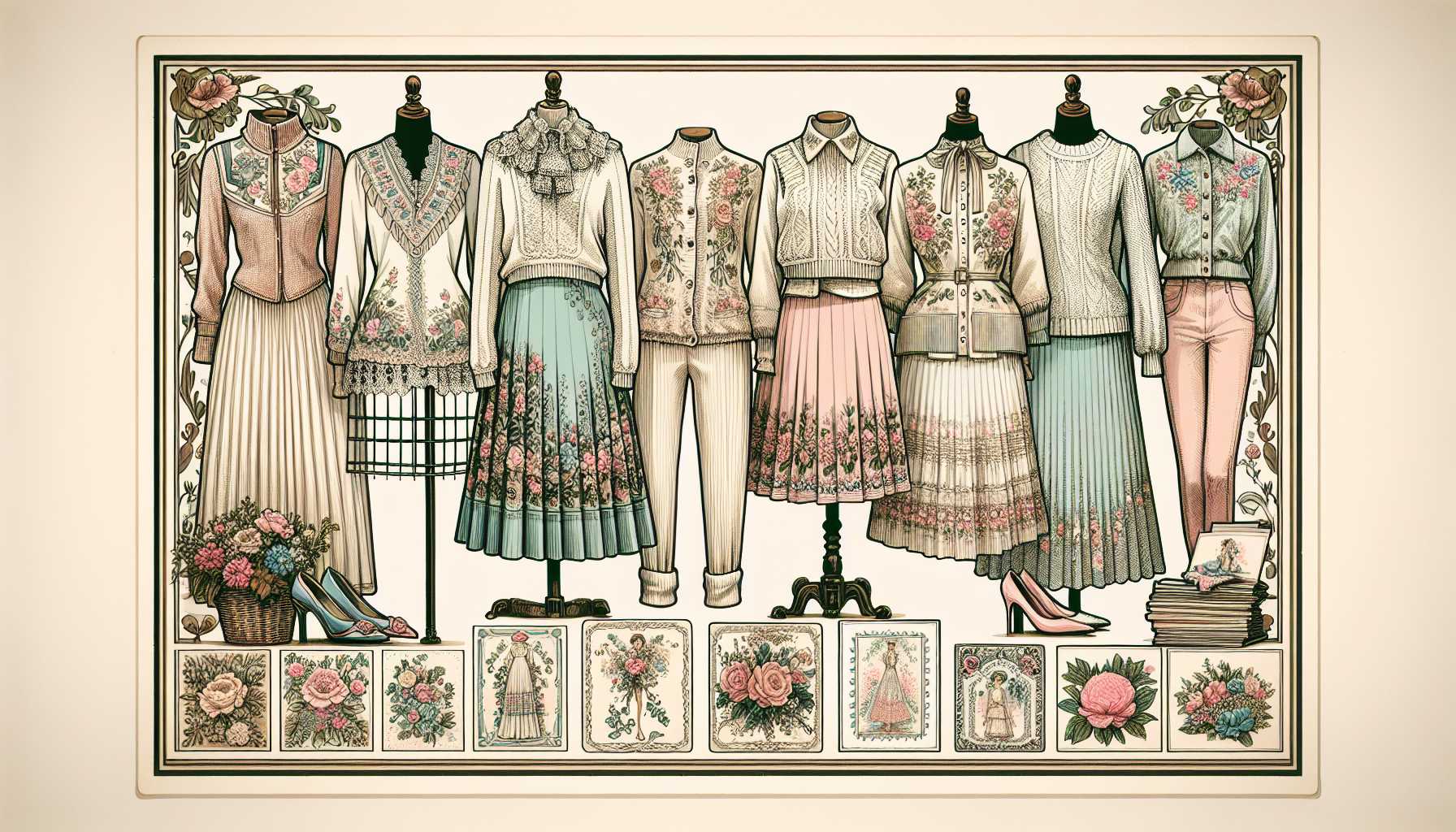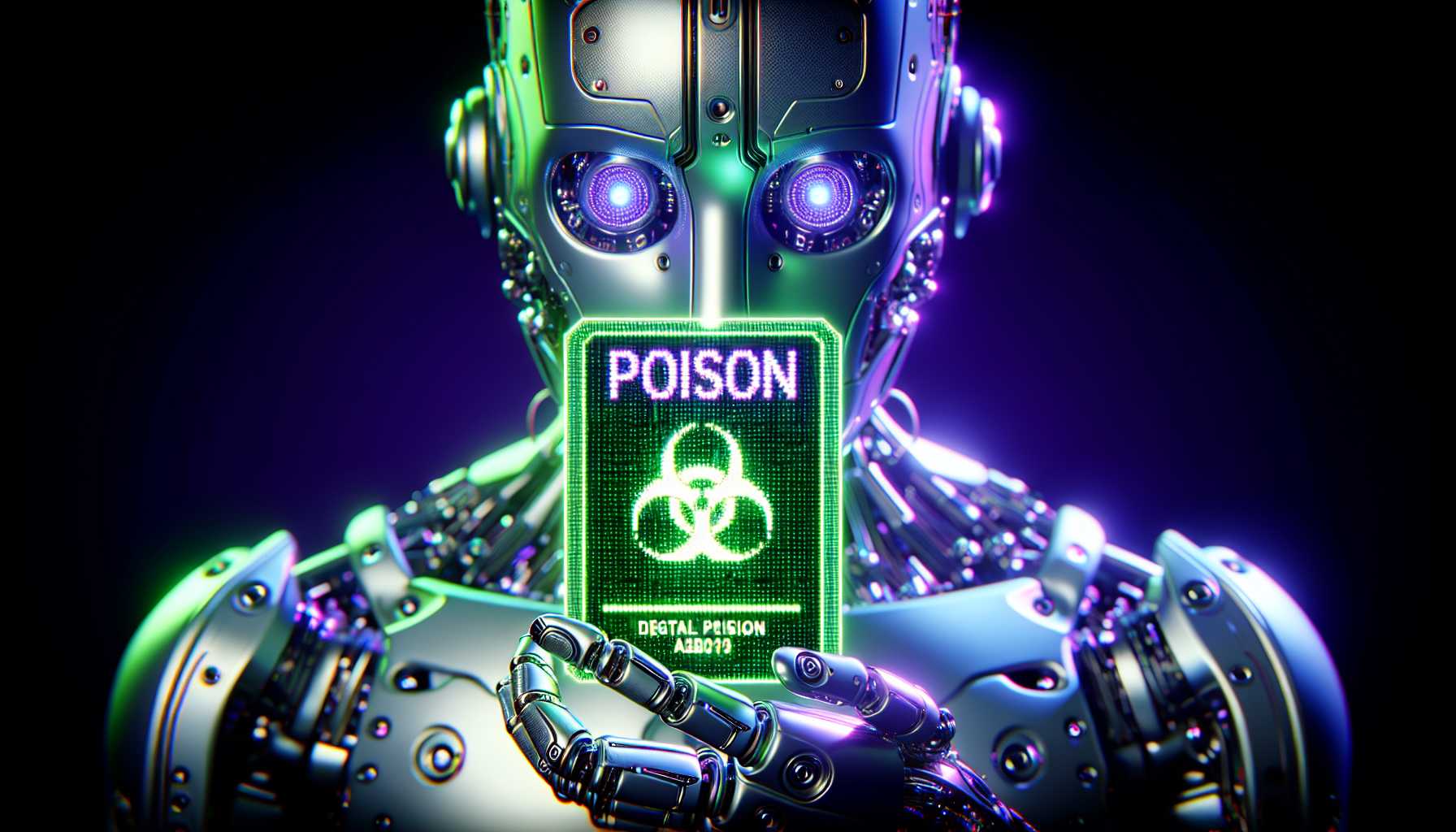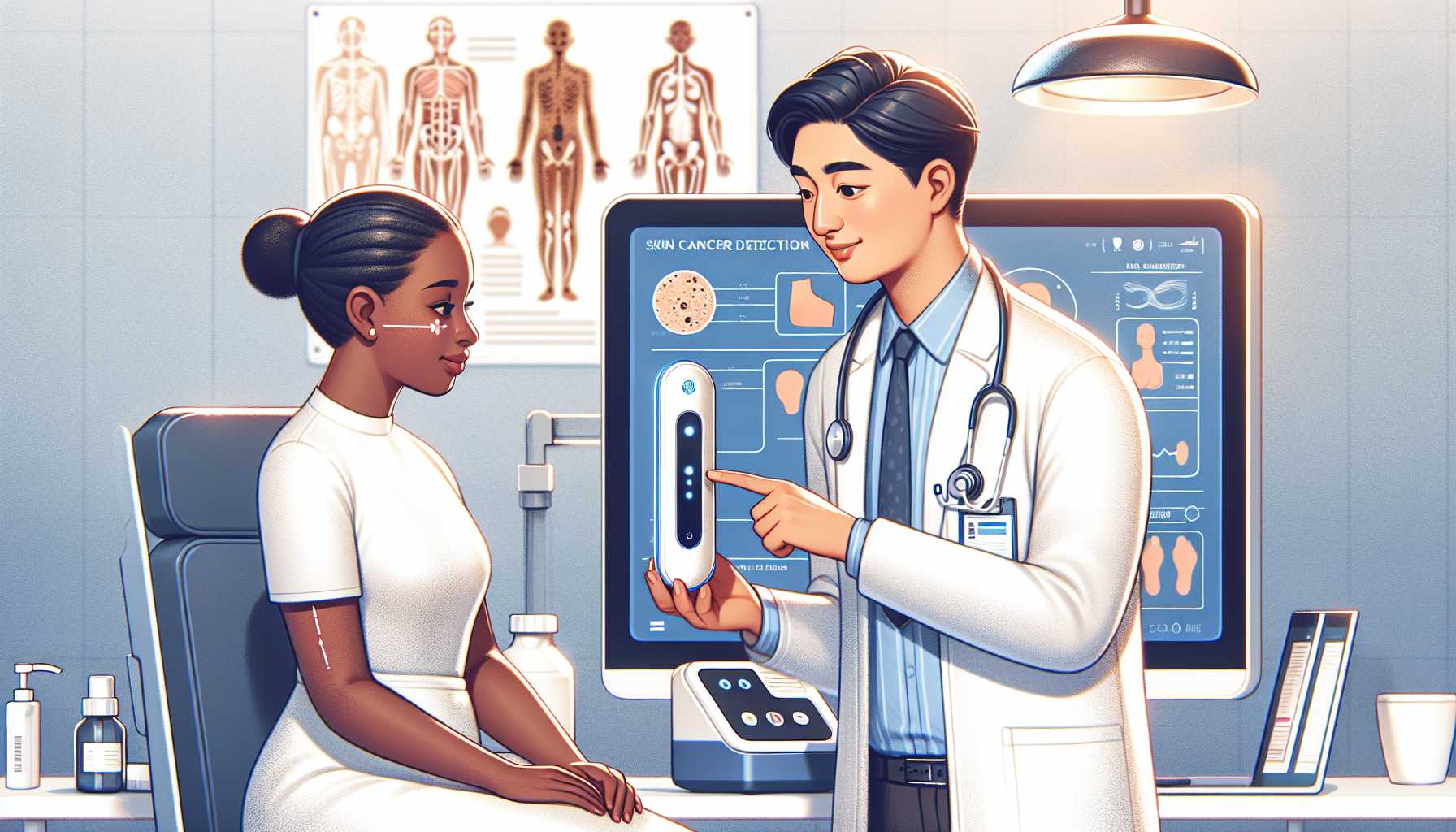Amidst the frothy waves of the fashion industry, a storm brews over the integration of AI in creative processes. As tech intertwines with tradition, debates on ethics, sustainability, and the very nature of art are pressing us to confront our ideals and adapt to new realities. Let’s unravel the recent hot topics stirring the fashion scene and the art world, shedding light on the AI controversy and the emerging tools empowering artists in the digital realm.
The Rise of AI in Design: Selkie’s Sweet Controversy

Fashion brand Selkie is known for its dreamy, size-inclusive designs. Yet, when they embraced AI for their Valentine’s Day collection, they were met with a cocktail of acclaim and criticism. This move has thrown them into the cauldron of a heated debate: Can the use of AI in art coexist with fair pay and sustainable values?
Kimberley Gordon, Selkie’s founder, anticipated that integrating vintage art with AI-generated images could offer a nostalgic twist to her designs. With the promise of revolutionizing creative expression, AI seemed like the natural next step in the evolution of art. However, the backlash has opened up a Pandora’s box, revealing more significant concerns within the community.
The Ethical Quandary: AI’s Place in the Artistic Arena

The marriage of art and AI might seem like a futuristic utopia, but it comes with ethical baggage. Critics argue that relying on AI undermines the livelihoods of living artists and misappropriates copyrighted work. The situation begs the question: Should we weave AI into the fabric of creativity, or does it unravel the threads holding the art world together?
Gordon’s use of Midjourney, an AI image generator, was a strategic move to stay ahead of the curve. But in a world quick to label, her innovations were shrouded in controversy. Does the AI-assisted collection genuinely differ from using royalty-free or public domain sources, or is it simply a case of times changing? It seems the jury is still out on whether AI can ever match the texture and emotion of human-made art.
Underlying Artist Anxieties: AI Replacing Creativity?

One cannot ignore the whispers of unease echoing through the ateliers and galleries. Is AI a silent thief lurking in the shadows of studios, ready to replace human hands with lines of code? The Selkie episode is but a microcosm of the anxiety gripping artists who fear displacement in an AI-saturated future.
The artist community’s outcry isn’t just about jobs. It’s a deeper existential worry about the uniqueness of human expression. Tools like Midjourney may churn out mesmerizing visuals, but can they truly encapsulate the soul behind the strokes?
The Voices of Retaliation: Nightshade Emerges from the Chiaroscuro

In the game of cat and mouse between technology and humanity, a new player has emerged. Nightshade, birthed from the minds at the University of Chicago, offers artists a shield, a way to “poison” their works from AI’s prying algorithms. It’s a form of digital alchemy—turning art into an AI riddle that can’t be easily solved or stolen. But is this the solution artists have been searching for, or just another salvo in an endless war?
The arrival of Nightshade is akin to placing a bewitched lock on the doors of art galleries, ensuring that AI intruders find their efforts frustrated. Yet, some view this defensive mechanism as an attack itself—a cyber-counterstrike on the AI that fuels our future.
AI in Healthcare: The Double-Edged Sword of Skin Cancer Detection

Stepping into a different realm, the FDA’s approval of the AI-powered DermaSensor device shines a beacon of hope for skin cancer detection. It’s a testament to AI’s potential to bolster healthcare, to catch the whispers of danger on our skin before they grow into shouts. For once, the conversation isn’t about AI vs. Artist but about AI vs. Disease.
Despite the clinical promise, the DermaSensor device is a clarion call to remember the human element. AI serves as an aid, not a replacement, for the discerning eye of a trained professional. Representation and validation across diverse groups remain paramount if we are to trust AI with our most precious asset—our health.
Charting a Course through the AI Maelstrom
As a tech investor and expert, observing the waves made by AI in various sectors, my view is clear: AI shouldn’t replace but rather enhance. Technology must serve as an auger, drilling towards deeper understanding and potential. Be it in art or healthcare, AI is just another brush on the easel, another tool in the kit. It should be wielded with thoughtfulness and responsibility to create a world where tech is an ally, not a foe.
The Selkie saga and the emergence of Nightshade paint a vivid picture of our current crossroads. We stand at a precipice where we must decide how to integrate AI into our global tapestry. With thought leaders like Gordon willing to experiment and, more importantly, listen to feedback, we might just find the balance necessary to navigate this new age, not with fear, but with calculated hope and shared purpose.
We are not lords over technology but partners in progress. Thus, as we stitch AI into the fabric of our existence, we must ensure it embellishes rather than unravels the human experience.
